Canberra, Australia: The Ultimate Digital Nomad Guide
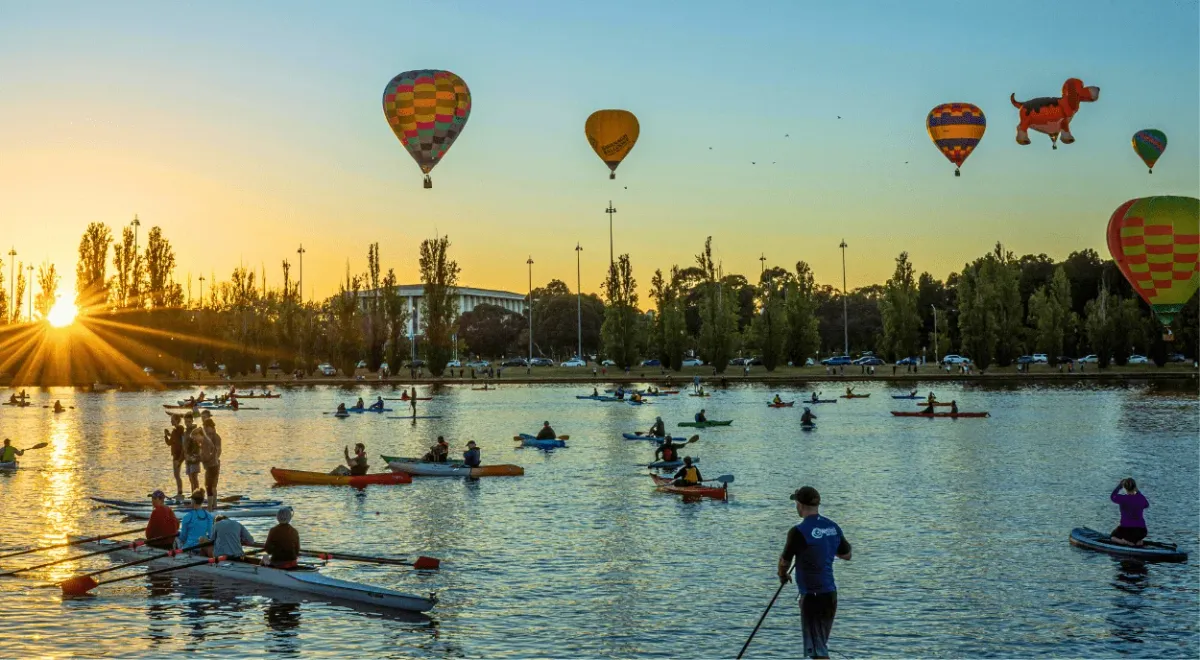
Canberra may not be the first city that comes to mind when you think of Australia. In fact, you wouldn’t be alone if you’ve never even heard of it before. But this inland city (which is also its own territory) is actually Australia’s capital, and it’s incredibly underrated. Too many Aussies write it off as boring and isolated, but to those in the know, it’s bursting with hidden gems. If you’re chasing a different perspective to the land down under, away from the tourist crowds of Sydney and Melbourne, Canberra has the potential to be a great digital nomad destination.
Why Canberra? My Experience as a Digital Nomad
I may have arrived as a university student, but Canberra laid my foundations as a digital nomad, and I spent 4 incredible years there. I’ll admit, if you’re chasing that classic Australian coastal vibe, or a glamorous, fast-paced city lifestyle, Canberra probably isn’t for you. But when it comes to the iconic Australian experience, Canberra has so much to offer. It’s surrounded by bushland, with sites like Tidbinbilla Nature Reserve (koala sanctuary included) and the Cotter River nearby. Bateman’s Bay and Jervis Bay, on the New South Wales east coast, are 2-2.5 hours away by car. Regular services from the airport, bus depot, and train station mean all major cities are within easy reach. In winter, you’re 2.5 hours away from the ski slopes of Thredbo and Perisher.
It’s definitely more suited to nomads looking for a quieter, more unique Australian city experience. But if you’re willing to keep an open mind and excavate its hidden gems, you might find Canberra’s quiet but eclectic charm is exactly what you’re looking for.
Living in Canberra as a Digital Nomad: Pros and Cons
Canberra is one of those cities where people either love it or hate it, and often for the same reasons. For digital nomads, it’s a mix of calm, convenience, and a slower pace that can be both refreshing and frustrating, depending on what you’re after.
Pros
- Universities like ANU bring a young, progressive energy to the city, which results in a packed social calendar designed for building new connections (a great substitute for the unfortunately lacking digital nomad community)
- Lots of laptop-friendly cafes and coworking spaces
- Great inner city public transport
- Good connections to other iconic Australian cities, and 2.5 hours away from the east coast beaches
- Slower-paced city, free from the tourist crowds of Sydney and Melbourne.
Cons
- High cost of living, especially where accommodation is concerned
- Being landlocked means beaches are a drive away, and renting a car makes exploring nearby areas much easier
- The digital nomad scene is still emerging
- The city has a professional vibe, with many government workers and offices
- It’s a calm and quiet place, which is great for focus, but maybe not ideal if you thrive on a more vibrant energy and nightlife.
Cost of Living in Canberra as a Digital Nomad
There’s no getting away from it, Australian cities are expensive. It might be slightly cheaper than Sydney, Melbourne, or Brisbane, but you’ll still need to be prepared to spend upwards of $3000 AUD (about $1980 USD) per month on accommodation alone.
The below were my average monthly expenses (cost is approximate USD converted from AUD):
- Accommodation: $914 USD (but this was a long-term rental contract)
- Groceries: $190 - $240 USD
- Transport: $40 USD
- Entertainment (drinks, eating out, etc.): $70 - $100 USD
The saving grace is that if you’re coming from USD / EURO / GBP currencies, you’ll have the benefit of a good exchange rate. In October 2025, $1 USD = $1.51 AUD.
What Are the Visa Options for Digital Nomads in Canberra?
Australia doesn’t have a dedicated digital nomad visa, but there are plenty of options available. The Visitor Visa, eVisitor Visa, and Electronic Travel Authority have similar travel allowances, mainly varying with country eligibility and length of stay (from 3 months up to 12 months). If you want the option of picking up work in Australia, consider either the Work and Holiday Visa or the Working Holiday Visa (both have very similar conditions, but the visa you need will depend on country eligibility. Both visa types can be extended further.
Working Remotely in Canberra as a Digital Nomad
As a city centred around university students and short-term contract government workers, it’s no surprise Canberra is ideally set up for remote work. Below is everything you need to know to find the best work setup possible!
Internet and WiFi
Canberra is in the process of upgrading their NBN network, with nbn full fibre becoming available to 95% of premises. The rollout is set to be completed by 2030, but Canberra generally has very good internet connection throughout the whole territory anyway.
Still, if you want to stay connected when you’re out and about, though, consider getting an eSIM like Yesim or Holafly. Both work great in Australia and save you the hassle of swapping physical SIMs. You’ll find strong 4G and 5G coverage across the city through Telstra, Optus, and Vodafone networks used by Yesim and Holafly.
Work Spots, Laptop-Friendly Cafés and Coworking Spaces
Canberra has a plethora of laptop-friendly cafes that also come with some of the best coffee you’ll ever have. Unfortunately, some of the coworking spaces can feel very corporate, but there are plenty of more social options, and the Australian National University campus (located in the city centre) offers great free work spaces with a lively atmosphere.
Best Coworking Spaces in Canberra
- Marie Reay Teaching Centre: Not strictly a coworking, but this bright and spacious building on ANU campus has 6 floors of desks and cosy spaces, as well as the delicious Otto’s Bakery Cafe. There’s free access for the public every weekday from 8am to 7pm
- WOTSO: With 3 locations in Canberra, WOTSO is designed for freelancers, small businesses and start ups, with colourful, warm office spaces and regular networking events. My local was WOTSO Woden, which was right next to restaurants, shops and the bus depot. Monthly memberships start from $275 AUD (approx. $180 USD)
- Keep Co Coworking: Perhaps the best option for a community-focused coworking, Keep Co prioritises a welcoming, social work environment. Located in Fyshwick, it’s a bit far out from the city centre (about 30 minutes by bus), so depending on where you’re based, it might not be the most convenient. Passes start from $185 AUD (about $120 USD)
- Haven Workspaces: Haven Workspaces have a great location right in the city centre, with luxurious workspaces and great reviews. But it does seem to have a bit more of a corporate vibe. Passes start from $235 AUD a month (about $155 USD).
Best Laptop-Friendly Cafés in Canberra
- The Cupping Room: Leafy cafe tucked away from the bustle of ANU campus with delicious coffee. It can get busy with students though, so be prepared to wait for a table
- As You Like It: My personal favourite cafe, it’s attached to an ANU theatre, serving incredible food and coffee, with plenty of tables. It’s on the very edge of campus, close to the city centre. It’s often quieter than other campus cafes, especially in the morning
- Bookplate Cafe: Attached to the National Library, this cafe has beautiful stained glass windows and outside seating overlooking Lake Burley Griffin. If the cafe is busy, there are plenty of workspaces inside the library.
Best Areas to Stay as a Digital Nomad in Canberra
As Canberra isn’t an established digital nomad destination, short-term accommodation is mainly limited to Airbnbs. If you want to keep close to the city centre, suburbs like Braddon, Turner, Ainslie and Campbell are best, but be warned, they’re expensive. But if you don’t mind commuting, Woden, Tuggerangong and Belconnen are 20-30 minutes away from the centre by bus. A potentially cheaper alternative is the Canberra Accommodation Centre, located in Braddon, which was founded with short-term contract workers in mind. For $300 AUD per week, you’ll get a basic room with a gym and workspaces available.
How Can I Get Around in Canberra?
Canberra has a great public transport system, which means a car isn’t necessary within the city. There are 10 Rapid Route buses which connect the main town centres and come regularly (for example, the R4 connecting Belconnen and Tuggeranong comes every 6 minutes and takes about 50 minutes). Most Rapid buses go through the city centre as well. When deciding where to base yourself, it’s a good idea to check the bus timetable to make sure you’re serviced by the fastest bus routes, as other smaller suburban buses come less regularly. The Light Rail between Gungahlin and the City Centre also comes every 5 minutes. A MyWay card, which you can purchase at any newsagency and top up online, can be used on all public transport in the ACT.
What’s the Best Time to Visit Canberra?
Autumn (March - May) and Spring (September - November) are without a doubt the best times to visit Canberra, with highs averaging between 14-25 degrees Celsius. Don’t be fooled by the sunny day... Canberra is very cold and windy in winter, with 0 degrees Celsius mornings common. Australian houses also aren’t made to handle cold temperatures, which means they’re expensive to heat. Likewise, the average summer temperature is 30 degrees Celsius, and since Canberra is far from the coast, there’s no quick relief from the heat. My personal recommendation is to visit in Autumn. The changing leaves are beautiful, and you’ll also get to witness the moving Anzac Day ceremony on 25 April.
Things to See and Do in Canberra
There are a myriad of things to see and do in Canberra, but these are my top recommendations!
- Hit the museums: The Australian War Memorial, National Museum of Australia and National Portrait Gallery are three of the best museums in Canberra
- Parliament House & the Embassies: Tour Australia’s Parliament and drive through the Yarralumla Embassies Loop
- Lanyon Homestead: a preserved 1850s homestead with convict-era buildings
- Hit the bars: Canberra’s bar scene is truly unique but you have to work to find them. From the 1920s jazz speakeasy MOLLY hidden in an alley, to Highball’s Tuesday night Latin dancing overlooking London Circuit, to High Jinks’ old-fashioned class secreted away in a basement, Canberra’s bars are worth the quest to find them
- Savour the Festivals: Floriade, the National Multicultural Festival, Enlighten and the Canberra Balloon Spectacular are all unmissable events
- Browse the Markets: Haig Park Village Markets and the Old Bus Depot Markets are great places to while away a few hours (and the Bus Depot Markets are close to the stunning Kingston Foreshore)
- Explore the bushland: Rent a car and head to Tidbinbilla Nature Reserve to see koalas and the gorgeous Aussie bushland, or to the Cotter River for a swim to escape the summer heat
- Rent an electric scooter to go around Lake Burley-Griffin, a large manmade lake at the city’s heart.
Top Tips for Digital Nomads in Canberra
If you’re intrigued by Australia’s capital, here are my top tips for making the absolute most of your time there:
- Australia has great healthcare, but it can get expensive for non-residents. Make sure your travel insurance covers medical treatment and hospital visits, especially if you plan to explore nature or do outdoor activities.
- Get a MyWay card for easy public transport access to buses and trams
- If you can, rent a car to easily reach places like the Cotter River and Tidbinbilla reserve
- Keep an eye on local communities and social events going on in the bars and cafes in the city centre
- Canberra may be within New South Wales but it is its own territory, the Australian Capital Territory, so be aware you’re crossing state borders
- For getting to other major cities, Jetstar is Australia’s main budget airline. Greyhound and Murray’s coaches are usually cheaper options to get to Sydney or Melbourne
- If you are going bushwalking or swimming in rivers and beaches, check the safety advice at Bushwalking Australia (we’re not kidding about the snakes and spiders)
- Finally, it’s important to acknowledge that Canberra is on the traditional lands of the Ngunnawal people. If you’re staying in Canberra, please keep in mind you’re on unceded territory and it will always be Aboriginal land.
Ready to Live as a Digital Nomad in Canberra?
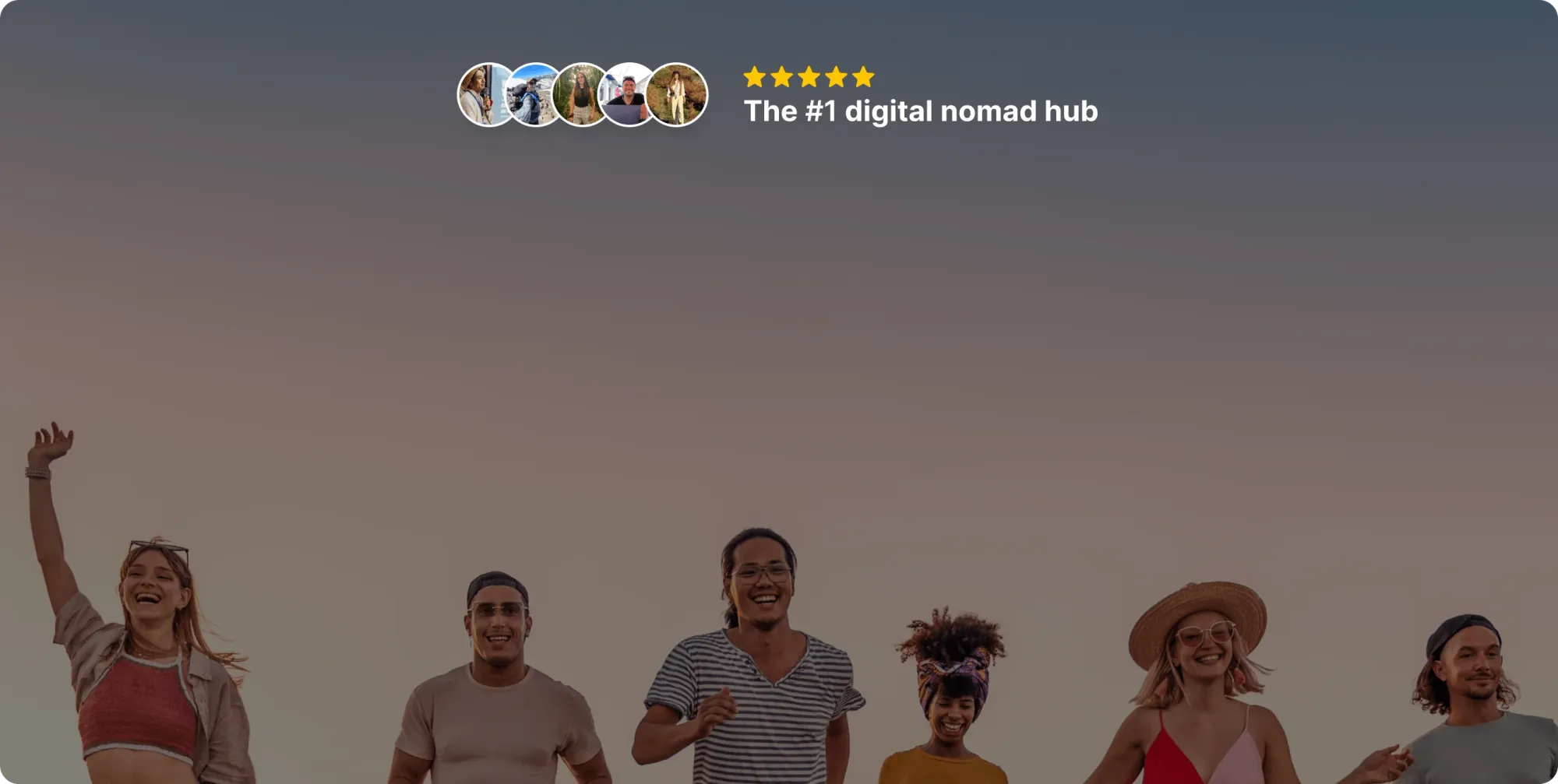
Join our global
digital nomad community
Join us for free
Freaking Nomads is supported by you. Clicking through our links may earn us a small affiliate commission, and that's what allows us to keep producing free, helpful content. Learn more


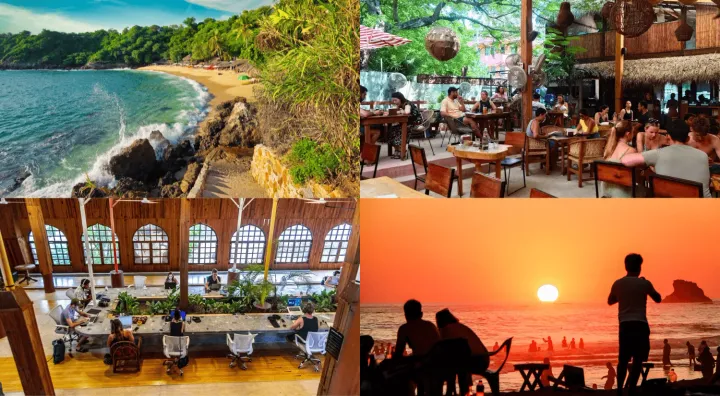
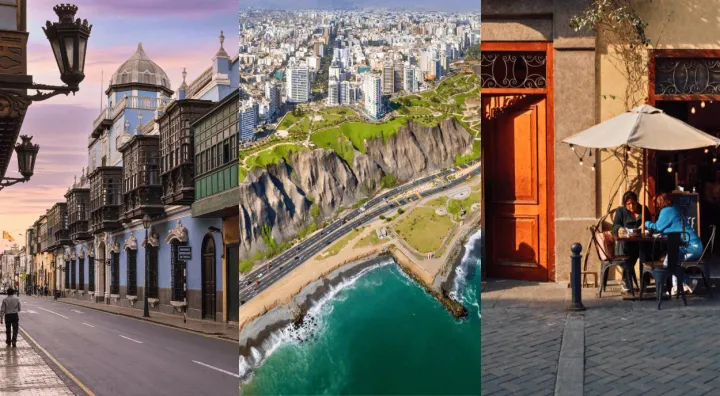
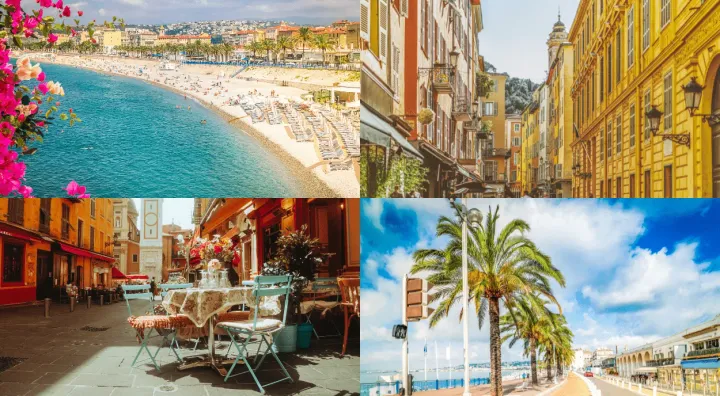
 Travel tips, hacks, and news
Travel tips, hacks, and news Exclusive travel discounts
Exclusive travel discounts Offers and promotions
Offers and promotions Digital nomad inspiration
Digital nomad inspiration Latest articles form our blog
Latest articles form our blog